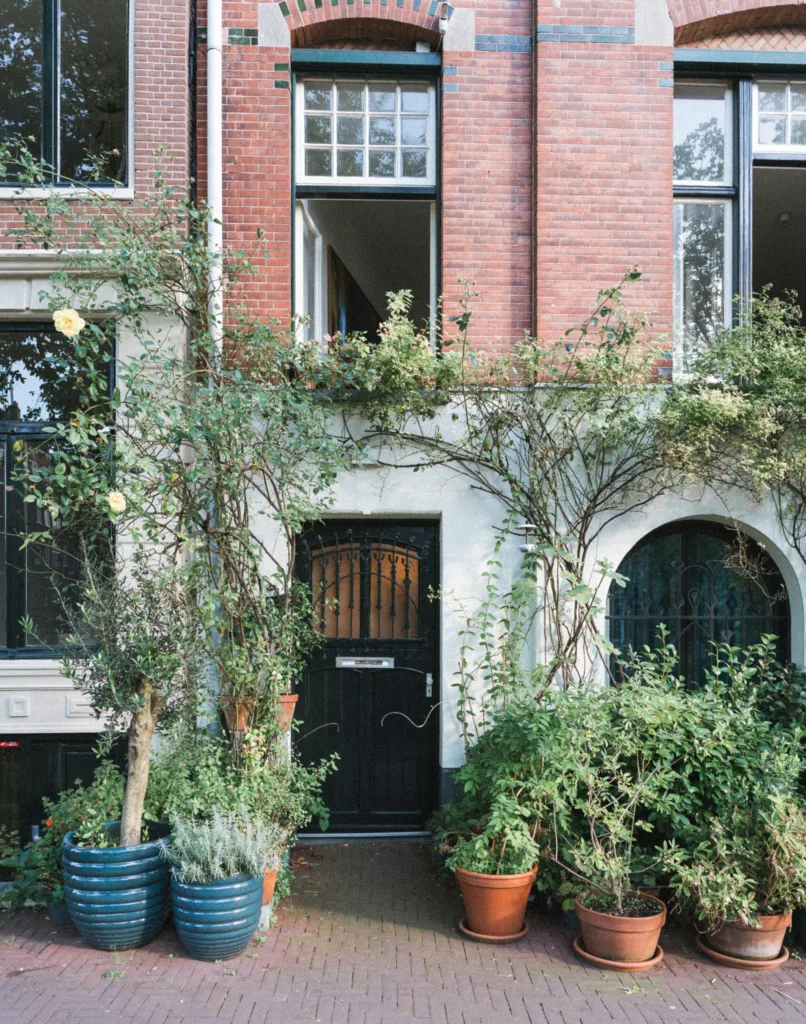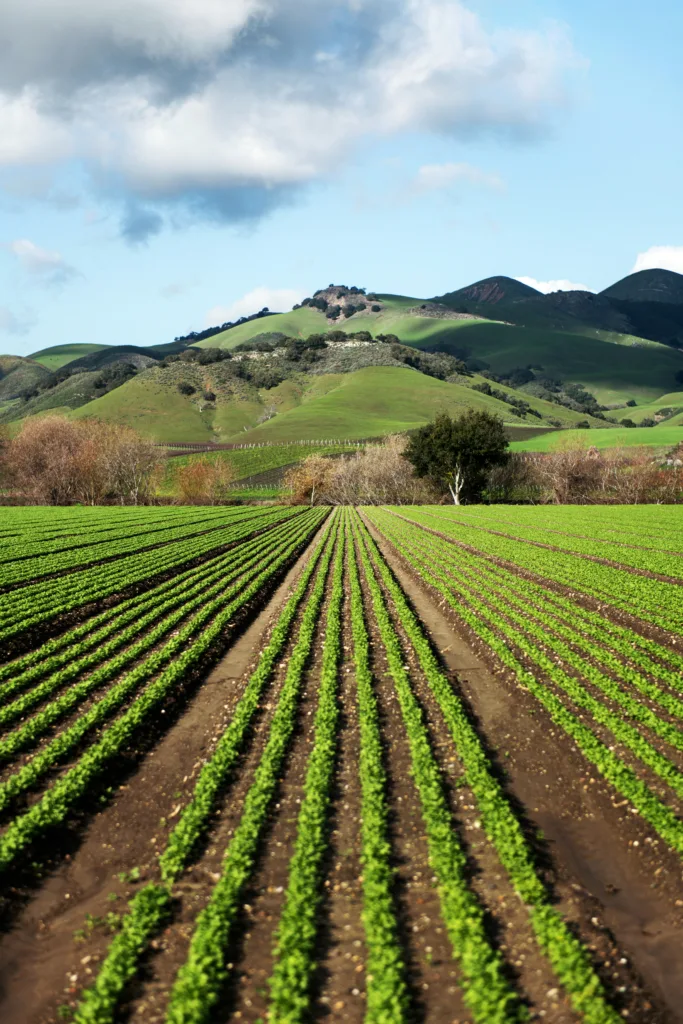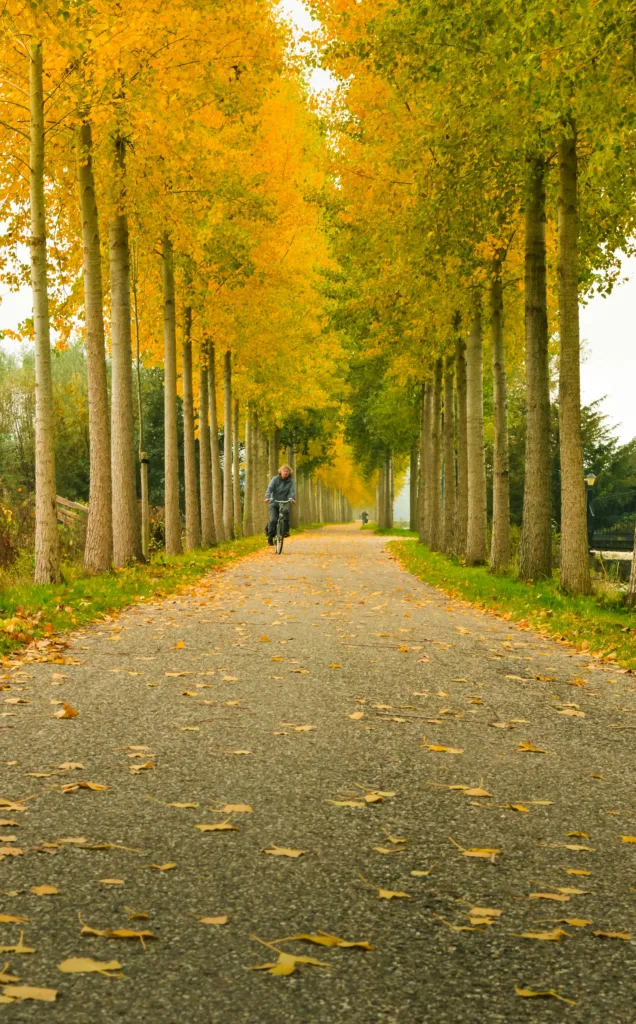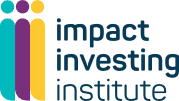
Blink C.V. (Blink) is an international single-family office focused on impact and technology, developing and managing a broad range of projects with the overall aim to create opportunities and reimagine sustainability. Headquartered in the Netherlands, Blink pursues financially sustainable investments and projects aligned with three broad impact goals: (i) change people’s behaviour towards a more sustainable development, (ii) support sustainable, innovative agriculture initiatives, and (iii) promote regenerative tourism.
Aviva Hekscher, Chief Executive Officer and Ana Pimenta, Chief Impact Officer, talked to us about the family office’s journey towards impact investing.
How did Blink get started as a family office and an impact investor?
The family has always been interested in using investments to create positive impact. They also felt they could make a difference by developing innovative initiatives that go beyond what is standard for governments and development institutions. Although initially, when the office launched in 2018 it mostly focused on negative screening investments (to filter out companies with harmful practices) and some grants, it rapidly evolved to develop its own impact mission: “Challenging the existing for a brighter future.”
Blink can be considered quite unconventional as we are willing to take quite substantial risks in order to maximise impact. While we always strive to balance financial risk and return, impact comes first. In practice, this means that our current decision-making process depends on a detailed quantitative and qualitative assessment of the expected impact for each opportunity, which we have been implementing since 2022. It has been a parallel process of learning, sharing and innovating, which we believe has transformed Blink into an active and sophisticated impact organisation. This process will continue indefinitely.
What is the reason for the family choosing to bake impact into this organisation?
In their entrepreneurial life, the family has played a major role in changing specific industries and markets particularly related to technology. That has given them the motivation and confidence to create social and environmental change in systems and behaviours. The family embraces innovation and idea creation. Thus, as a family office we have a mandate to think outside the box and find creative and innovative ways to solve certain social and environmental problems. We are constantly being challenged to create positive change rather than simply fund projects. That can mean helping smallholder farmers learn how to manage crops in a different, more sustainable way. Or it can mean supporting an impact fund that is looking to use technology to influence climate change. Ultimately, our journey involves maximising impact and creating lasting change – with a focus on sustainable agriculture or regenerative tourism.
Have there been any communities or reference points that you looked to for support on this journey?
We have used a lot of resources to build our internal knowledge and strategy from Impact Europe (formerly, the European Venture Philanthropy Association), the Global Impact Investing Network (GIIN), Impact Frontiers (formerly, the Impact Management Project) and, of course, the Impact Investing Institute. We read a lot from the Stanford Social Innovation Review and from ImpactAlpha, particularly to keep ourselves updated in terms of the latest impact investing and social innovation trends. We are also well connected with international experts in the field, both from the academic world as well as practitioners. Their articles, interviews, and conversations influence our decisions and operations. We do some international travel which includes visits to some of our projects on the ground, meetings and discussions about specific topics we are trying to change or improve, and conferences where we aim to learn and share experiences. We also worked with a couple of academic and external consultants, to help us in specific rigorous one-off projects. These included finding which areas of sustainable agriculture and regenerative tourism can generate higher social, environmental and economic benefits (cost-benefit analysis) and creating a framework to evaluate how impact investments can contribute to systems change.
How is the family office team structured?
We have a core team of 20 people in our headquarters in the Netherlands, as well as people in Spain, Denmark and the US, spanning investment, impact, grant-making and family office operations, from legal counsel to technical specialists to financial control and human resources.
Although we have two people fully dedicated to impact strategy and measurement for the entire family office, when it comes to managing our investments, we have a hybrid approach by working closely together with the investment team. This means that one person leads each investment (with a co-responsible) overseeing both the financial and impact side. When the lead is primarily skilled in finance, someone more skilled in impact will support this person, and vice versa.
Alongside investments, the family office also develops and manages some philanthropic initiatives, projects, and companies. All of these have the same impact mission and goals as the investment portfolio so everything connects with what we are trying to achieve.

What are the key documents and goals that govern and shape your impact investing approach?
In 2022, we started outlining formally the family’s values, its mission and what we wanted to accomplish as a family office. It was agreed that the family office’s mission would be ‘Challenging the existing for a brighter future’. From that mission we have started to develop a theory of change comprising three main impact goals: change people’s behaviour towards a more sustainable development; support sustainable, innovative agriculture initiatives; and promote regenerative tourism. For these impact goals, we have defined outcomes, outputs, activities and inputs – all of which can be viewed on our website.
We have also developed our impact measurement and management (IMM) approach and procedures, based on existing and well-known frameworks, like the five dimensions of impact of the Impact Management Project and the Sustainable Development Goals. This guides us during our due diligence process but also while managing our portfolio to assess how each investment is performing in terms of social and environmental impact. All of this is a constant work in progress and we will always be open to modifications and improvements.
How did you approach building this theory of change?
It involved a lot of reading, learning, and talking to people to determine how a mission can translate into practical action. We found it useful to gather other organisations’ theory of change frameworks and see what they did. We believe a theory of change should be meaningful but also practical, so it can guide us towards our mission. We are currently using our theory of change to assess whether certain projects and investments should be done, and also to measure our success as a family office. It is important to add that our activities are very diverse and although these are all connected through our main mission, each one has specific goals and targets. So although we have this overarching theory of change, each team is sometimes focused on specific parts of it. This means that some teams may be more focused on changing people’s behaviour towards a more sustainable future, and others dedicated to making tourism more regenerative.
It sounds like your approach is a constantly evolving process?
Innovation and creativity are part of our DNA as a family office, so we believe we will always be changing and improving things. There is always space to develop and implement new ideas, approaches, and processes, which makes our family office an exciting place to work. Thus, we believe our family office will never be super-structured, and as a professional you can love it or hate it. Another plus is that everyone’s point of view is listened to. Everyone is involved and contributes not only in terms of operations but also at a strategic level.
In addition, the impact investing industry is still quite new and being developed which requires constant learning and improvements. Creativity and innovation are key as the space develops and more knowledge is generated and shared. Things will become more structured, new frameworks and processes will be developed and implemented. We want and we will be part of that change.

Have there been any challenges to adopting an impact approach?
Building a team as we were also learning and developing our impact approach has been a big challenge. As a family office it is even more important to find the right people, not just in terms of expertise and knowledge, but also in terms of soft skills and diversity. People who join our team really need to understand what we are trying to achieve and feel they are part of our mission and theory of change. There are also several challenges to execution in a field as new as impact investing. For example: How do you do due diligence in impact investing? What are the drivers for decision-making? How do you measure your impact? What does success look like in terms of impact? There are some guidelines and best practices but not a standard approach and finding the right frameworks and procedures is hard. Even after having developed some of these procedures, we have to be open to constantly improve it as the field develops further.
As a family office we also feel we need to be at the fields’ forefront and contribute to its development. This is of course challenging, as innovation requires not only time, but also the right skills and dynamics.
Have there been any challenges to adopting an impact approach? Is there anything from the Blink experience that you’d want to share with other families considering this journey?
Just start! It may feel intimidating and challenging at the beginning because it is new and there is no track record, but the best learning is through trial and error. Also ask for help. Impact investing can be a very collaborative field and there are lots of people out there willing to help. Most people do not say no when you ask for help, and they are actually happy to share their thoughts and learnings. We have been through that process, and nowadays a lot of other people write or call us for help, and we always find the time to do it. It is part of our impact.
Thirdly, surround yourself with good people – not just people who are technically good, but people who are committed to using their skills to do something different and better.
Finally, be willing to share. We often learn the most from what has not worked, but if we keep our errors to ourselves, others will repeat the same mistakes. So if everyone is more open to sharing, it will be better for all. At the family office, we intend that most of our initiatives will be open source, so all the knowledge and experience we gather can be shared with others. We are currently in the process of working out how we can share information in an appealing way that sparks innovation. We feel we are now in a place where we are professional enough to go out there as a family office and share what we have achieved and learned.
